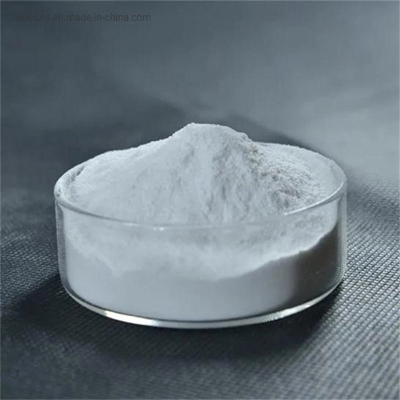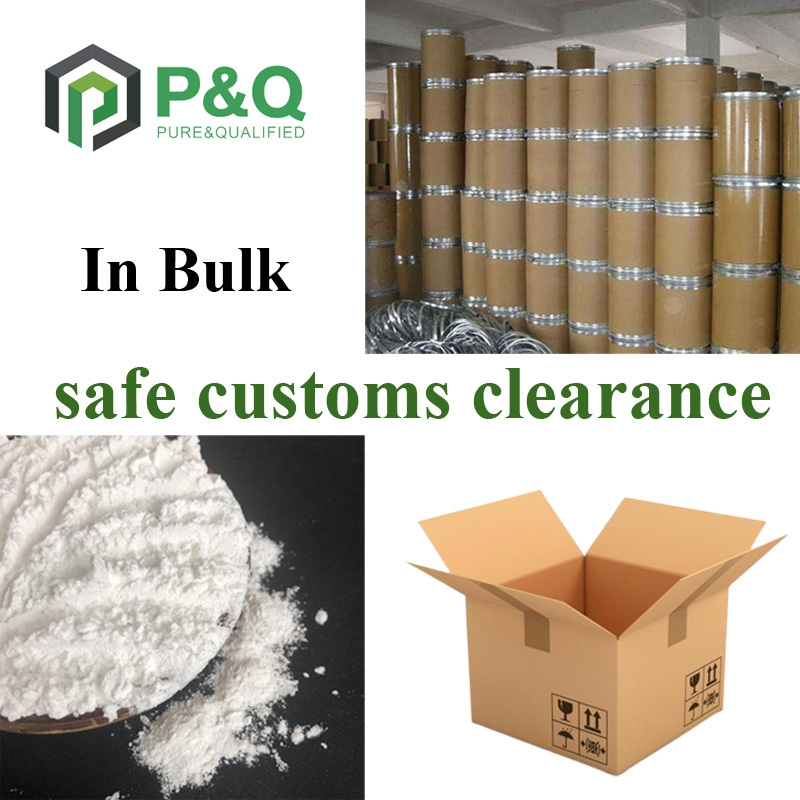-
Categories
-
Pharmaceutical Intermediates
-
Active Pharmaceutical Ingredients
-
Food Additives
- Industrial Coatings
- Agrochemicals
- Dyes and Pigments
- Surfactant
- Flavors and Fragrances
- Chemical Reagents
- Catalyst and Auxiliary
- Natural Products
- Inorganic Chemistry
-
Organic Chemistry
-
Biochemical Engineering
- Analytical Chemistry
- Cosmetic Ingredient
-
Pharmaceutical Intermediates
Promotion
ECHEMI Mall
Wholesale
Weekly Price
Exhibition
News
-
Trade Service
Chloroplasts have one of the most complicated structures among organelles. They have three membrane systems, the outer and inner envelope membranes and the thylakoid membrane, which enclose three aqueous spaces: the intermembrane space between the two envelope membranes, the stroma, and the thylakoid lumen. Each of the chloroplast’s sub-organellar compartments houses a distinct set of proteins that perform distinct functions. Determining the sub-organellar location of a protein in the chloroplast is vital for understanding or verifying the function of the protein. Here, we present protocols for determining the sub-organellar location of a chloroplast protein. The protein of interest is synthesized and labeled with [
35
S]methionine by an in vitro translation system, and imported into isolated chloroplasts. The location of the protein is then identified by fractionation of the chloroplasts through differential and sucrose step-gradient centrifugations. The various sub-chloroplast fractions are analyzed by
SDS
-PAGE and autoradiography, so no specific antibody against the protein of interest is required. For membrane proteins, an alkaline extraction protocol is provided to further determine whether the protein is a peripheral or an integral membrane protein. The fractionation and extraction procedures presented can also be used in conjunction with immunoblotting, if an antibody against the protein of interest is available, enabling analyses of endogenous proteins.







